10 Best Herbal Lotions For Fungal Infection

Herbal lotions are natural remedies that contain plant-based ingredients known for their antifungal properties, making them a popular alternative to conventional treatments for fungal infections.
These lotions often include herbs such as tea tree oil, garlic, neem, and calendula, which have been traditionally used to combat fungi and promote skin healing. They are generally considered safe for most skin types and may reduce the risk of side effects associated with synthetic antifungal medications. However, their effectiveness can vary, and they may not be sufficient for severe or persistent infections, necessitating consultation with a healthcare professional.
When used consistently and as directed, herbal lotions can provide a gentle, holistic approach to managing fungal infections.
FREE Herb Drying Checklist
How to make sure every batch retains maximum flavor, color, and aroma without the risk of mold or over-drying. Eliminate guesswork and trial-and-error, making herb drying faster, easier, and more efficient every time.
Table of Contents
1. Aloe barbadensis
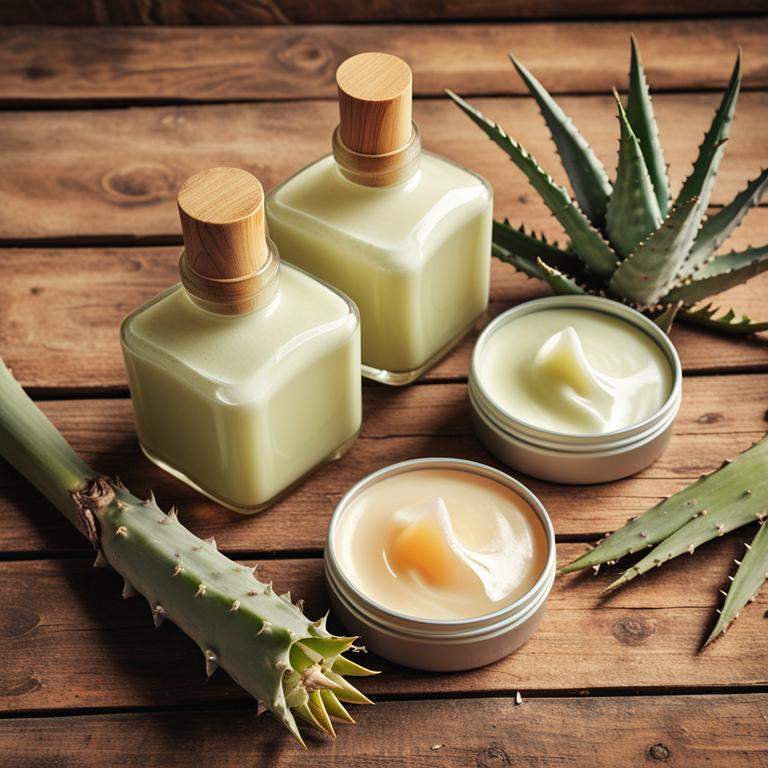
Aloe barbadensis, commonly known as aloe vera, is a natural herbal ingredient widely used in the formulation of lotions for treating fungal infections.
These lotions often combine aloe vera with antifungal compounds such as tea tree oil or garlic extract to enhance their effectiveness. The anti-inflammatory and antimicrobial properties of aloe vera help to soothe the skin while combating the growth of fungi. Regular application of aloe-based lotions can reduce symptoms like itching, redness, and scaling associated with fungal infections.
However, it is important to consult a healthcare professional for persistent or severe infections to ensure proper treatment.
2. Cinnamomum zeylanicum
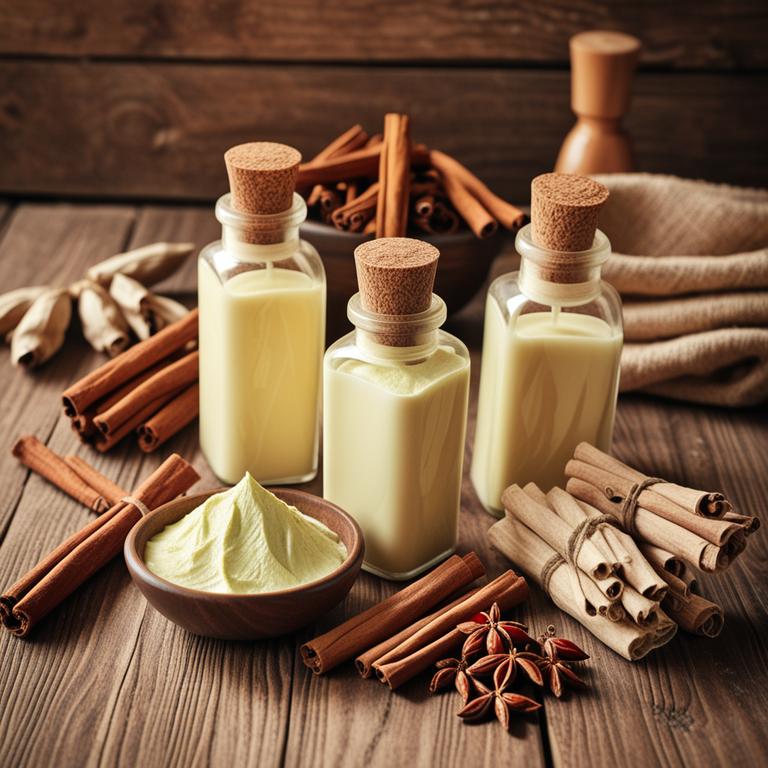
Cinnamomum zeylanicum, commonly known as cinnamon, is a natural herb that has been traditionally used for its antimicrobial and antifungal properties.
Herbal lotions infused with cinnamon extract can be effective in treating fungal infections such as athlete's foot and ringworm due to their ability to inhibit the growth of fungi. These lotions often contain essential oils derived from the bark of the cinnamon tree, which possess potent antifungal compounds like cinnamaldehyde. When applied topically, these lotions can help reduce inflammation, itching, and redness associated with fungal infections.
However, it is important to consult a healthcare professional before using cinnamon-based products, especially for severe or persistent infections.
3. Eucalyptus globulus
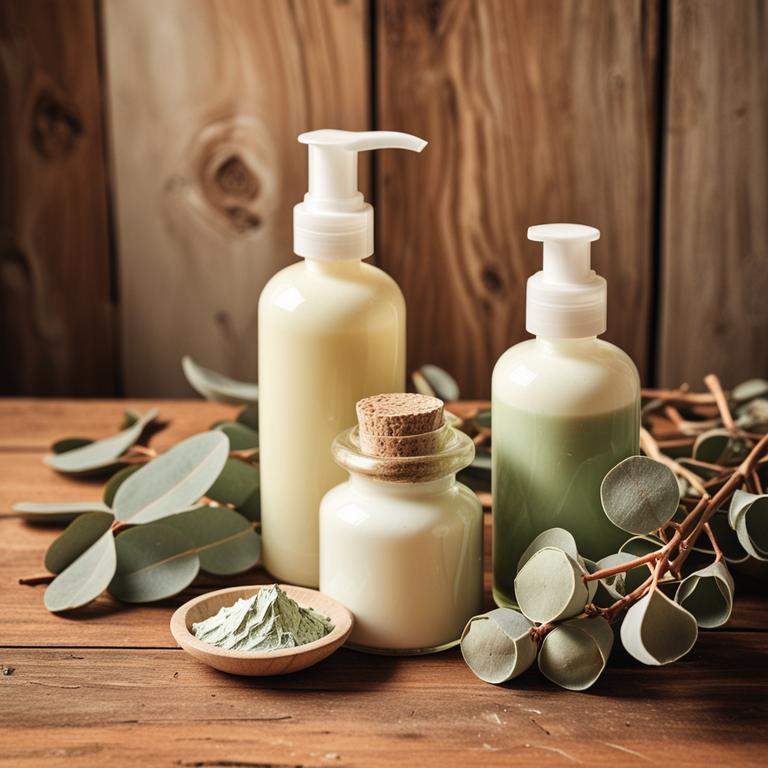
Eucalyptus globulus, commonly known as the Tasmanian blue gum, is a widely used plant in herbal remedies due to its antimicrobial and anti-inflammatory properties.
Herbal lotions containing eucalyptus globulus extract are often formulated to treat fungal infections such as athlete's foot and ringworm by inhibiting the growth of dermatophytes. The essential oils in eucalyptus globulus contain compounds like eucalyptol and cineole, which have demonstrated efficacy against various fungal strains in scientific studies. These lotions are typically applied topically to the affected areas, providing a natural and soothing alternative to conventional antifungal treatments.
While generally safe, it is advisable to perform a patch test and consult a healthcare provider before using eucalyptus-based products for persistent or severe fungal infections.
4. Hypericum perforatum
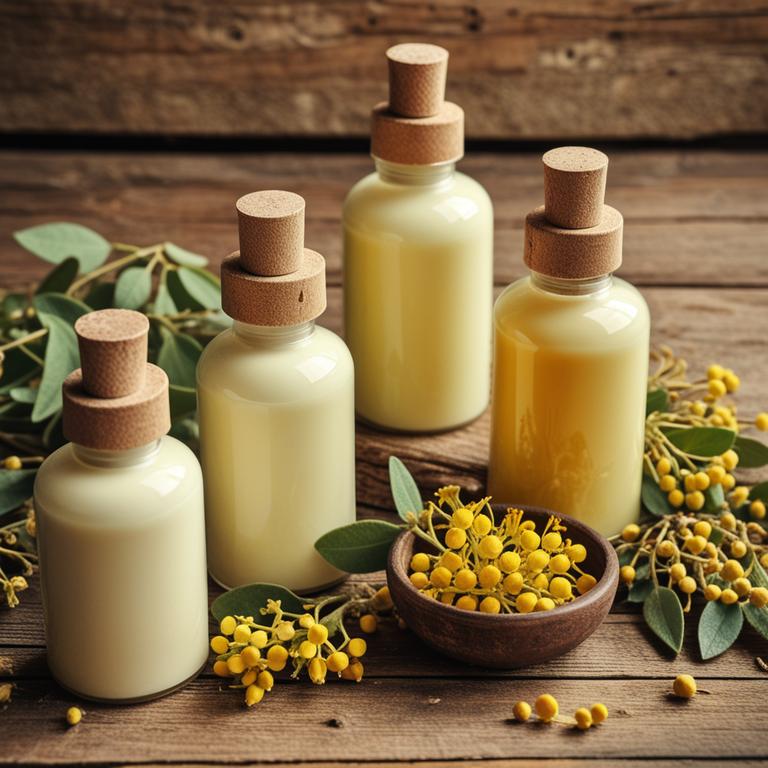
Hypericum perforatum, commonly known as St. John's Wort, is traditionally used in herbal remedies for its anti-inflammatory and antimicrobial properties.
When formulated into a lotion, it can be applied topically to treat various fungal infections, such as athlete's foot and ringworm, due to its ability to inhibit the growth of fungi. The active compounds in hypericum perforatum, including hypericin and flavonoids, contribute to its antifungal effects by disrupting fungal cell membranes and reducing inflammation. However, it is important to note that while some studies suggest its efficacy, it may interact with certain medications, so consulting a healthcare professional is advisable before use.
Overall, hypericum perforatum herbal lotion offers a natural alternative for managing mild fungal infections, though it should be used with caution and under proper guidance.
5. Thymus vulgaris
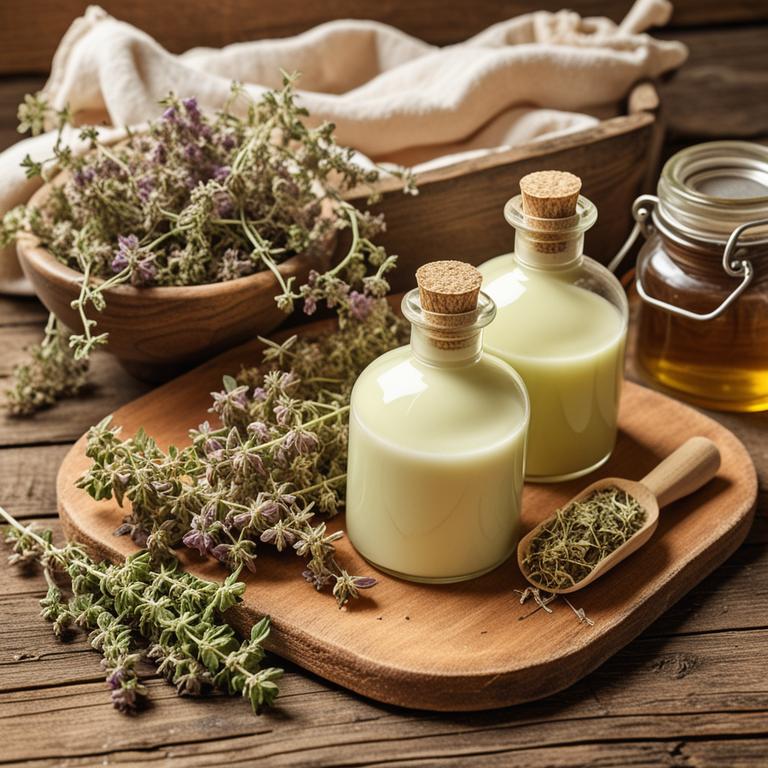
Thymus vulgaris, commonly known as thyme, is a popular herb used in the formulation of natural herbal lotions for treating fungal infections due to its potent antimicrobial and antifungal properties.
These lotions typically contain essential oils extracted from thyme, which are rich in compounds like thymol and carvacrol, known for their ability to inhibit the growth of fungi. The application of thymus vulgaris herbal lotions can help reduce symptoms such as itching, redness, and inflammation associated with fungal infections. These lotions are often preferred for their natural composition, making them a safer alternative for individuals seeking non-chemical treatments.
However, it is important to consult a healthcare professional before using such remedies, especially if the infection is severe or persistent.
6. Lavandula angustifolia
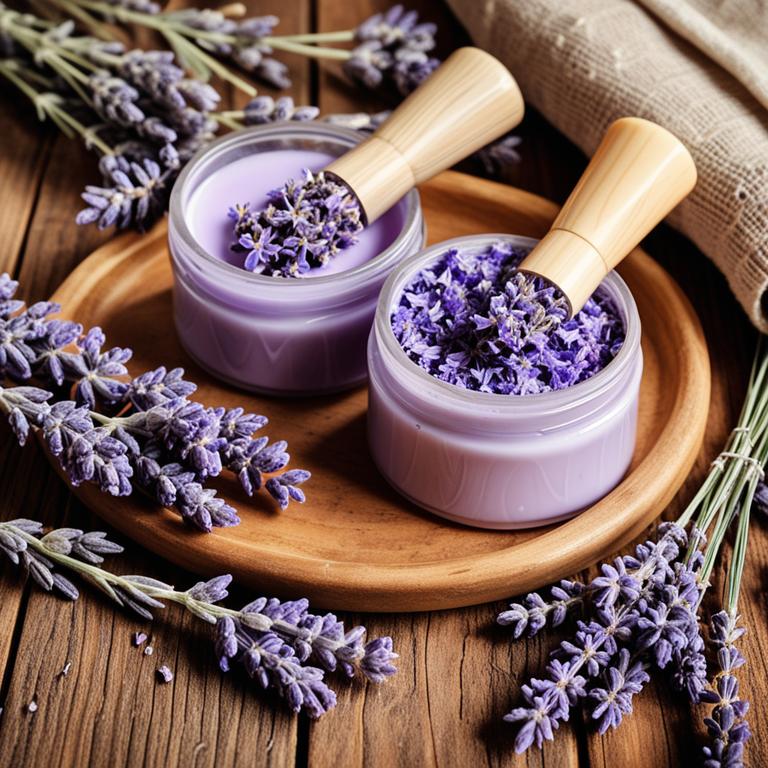
Lavandula angustifolia, commonly known as English lavender, is widely used in herbal lotions for its antimicrobial and antifungal properties.
The essential oils extracted from this plant, particularly linalool and lavandinal, have been shown to inhibit the growth of various fungi, including Candida and Trichophyton species. Herbal lotions containing lavender are often recommended for treating fungal infections such as athlete's foot and ringworm due to their soothing and healing effects on the skin. These natural formulations are favored for their gentle nature, making them suitable for sensitive skin and reducing the risk of chemical irritation.
Incorporating lavender-based lotions into a holistic treatment regimen can provide effective and safe relief for fungal infections.
7. Cnicus benedictus
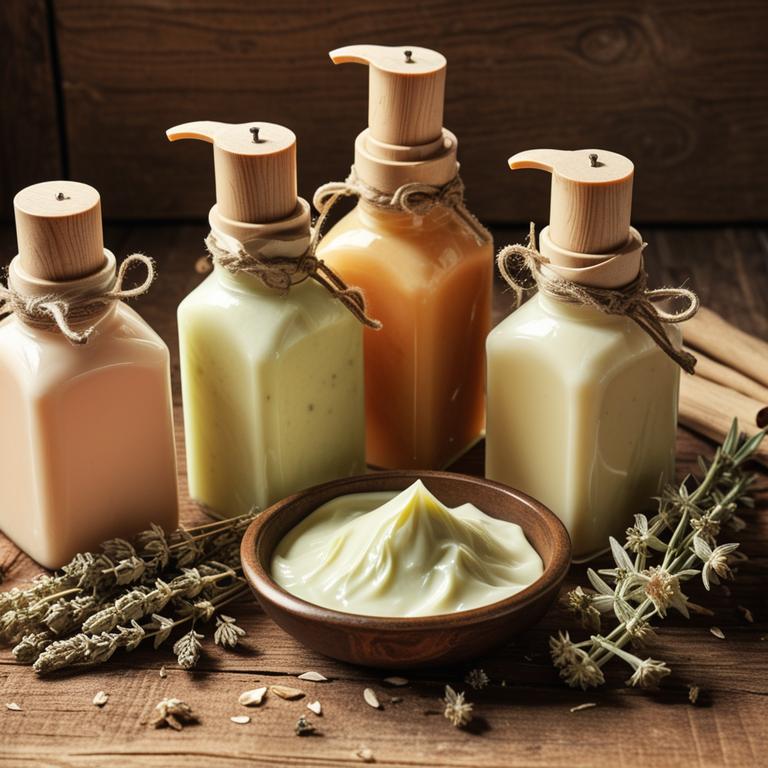
Cnicus benedictus, commonly known as blessed weed, is a traditional herbal remedy used for its antifungal properties.
Herbal lotions made from Cnicus benedictus are believed to help treat fungal infections such as athlete's foot and ringworm by promoting skin healing and reducing inflammation. The plant contains compounds like flavonoids and tannins, which may inhibit the growth of fungi. These lotions are often prepared by infusing the dried leaves and flowers in a carrier oil or water.
While anecdotal evidence supports their use, it is advisable to consult a healthcare professional before using them as part of a treatment plan for fungal infections.
8. Zingiber officinale
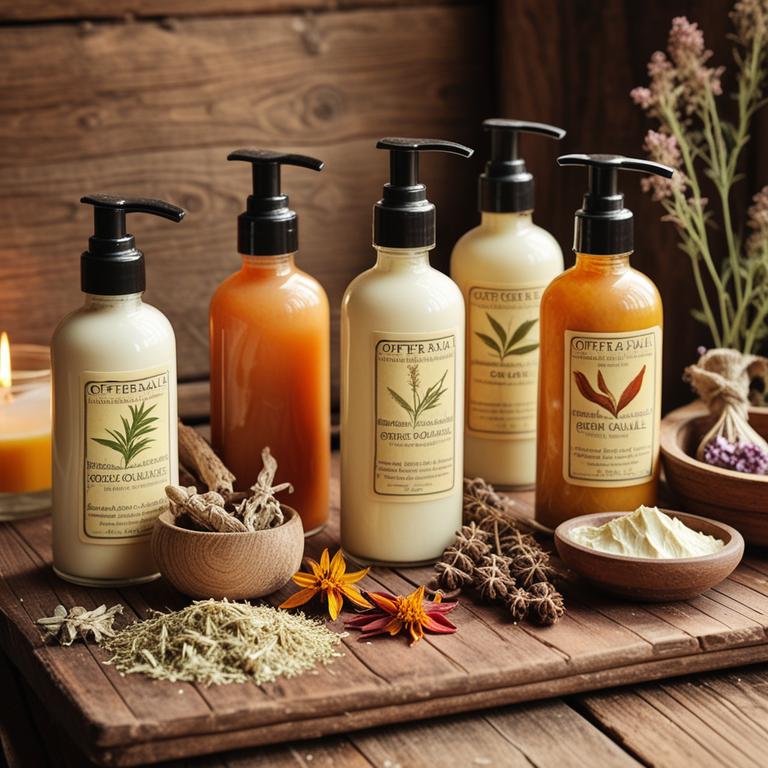
Zingiber officinale, commonly known as ginger, is widely used in herbal lotions for its antimicrobial and anti-inflammatory properties.
These lotions often contain ginger extract, which has been shown to inhibit the growth of various fungal strains, including those responsible for athlete's foot and ringworm. The active compounds in ginger, such as gingerol and shogaol, contribute to its ability to combat fungal infections by disrupting the fungal cell membrane and reducing inflammation. When applied topically, ginger-based lotions can provide a natural and effective alternative to conventional antifungal treatments.
However, it is advisable to consult a healthcare professional before using these products, especially for persistent or severe infections.
9. Teucrium polium
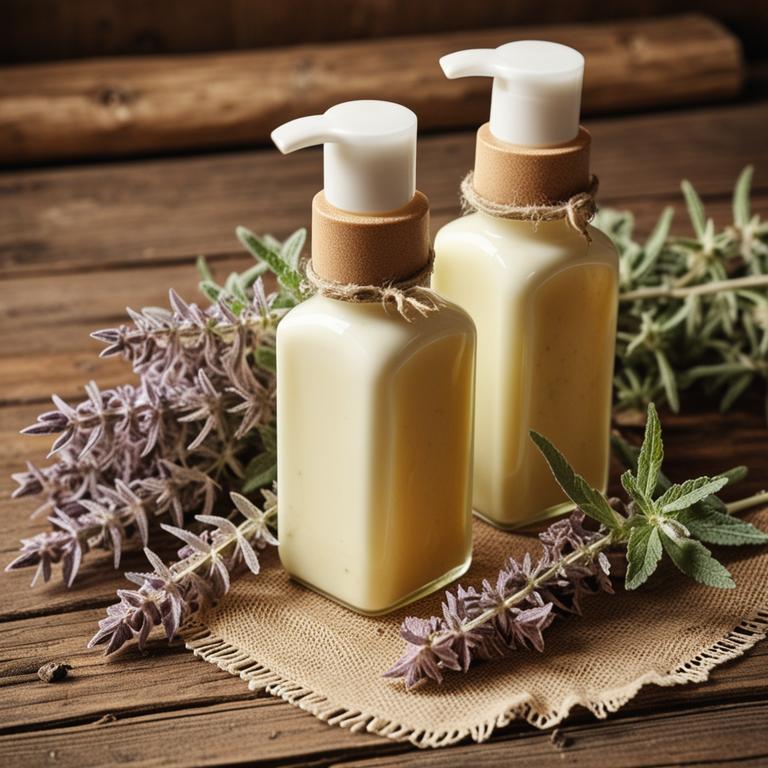
Teucrium polium, commonly known as germander, is a herb that has been traditionally used for its antimicrobial and anti-inflammatory properties.
Herbal lotions made from Teucrium polium are often formulated to treat fungal infections such as athlete's foot and ringworm due to their ability to inhibit fungal growth. These lotions typically contain extracts of the plant's leaves and flowers, which are rich in essential oils and phytochemicals with antifungal effects. The use of Teucrium polium lotions is considered a natural alternative to conventional antifungal treatments, offering a gentler approach with fewer side effects.
However, it is important to consult a healthcare professional before using these herbal remedies, especially for persistent or severe infections.
10. Piper nigrum
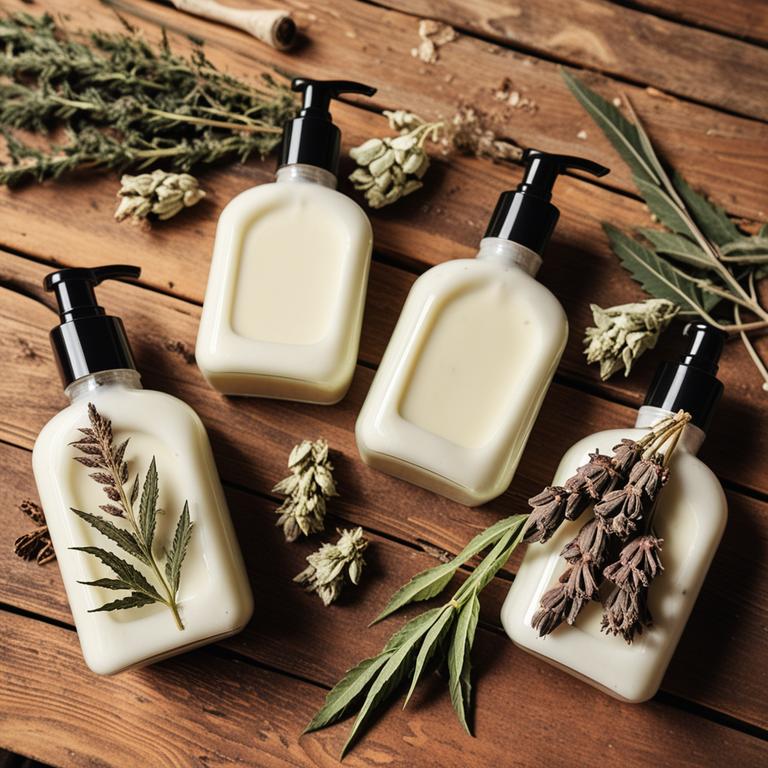
Piper nigrum, commonly known as black pepper, is traditionally used in herbal remedies for its antimicrobial and anti-inflammatory properties.
When incorporated into herbal lotions, piper nigrum can help combat fungal infections by inhibiting the growth of fungi on the skin. These lotions often combine black pepper with other natural antifungals like tea tree oil or garlic to enhance their effectiveness. The active compound in black pepper, piperine, is believed to increase the absorption of other medicinal compounds, making the lotion more potent.
However, it is important to consult a healthcare professional before using piper nigrum lotions, especially for severe or persistent fungal infections.